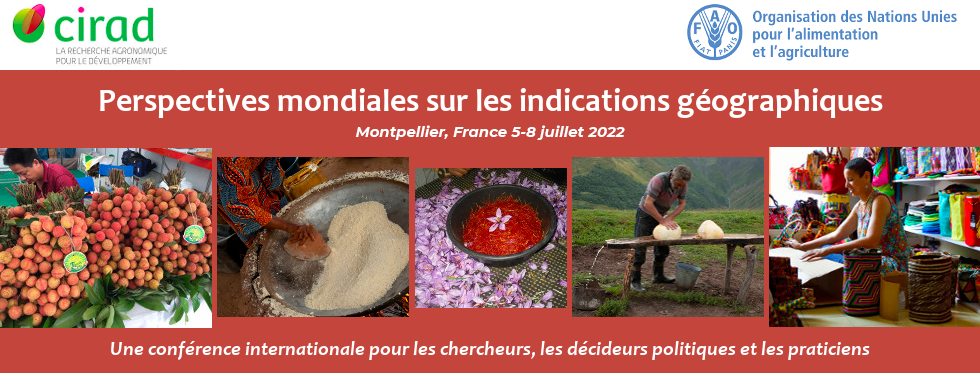The global demand for chocolate has never been stronger. In fact, it is foreseen that from 2020, this demand will rapidly increase. Thus, the hunt for a more stable supply of chocolate is of paramount importance. Cacao, being the sole precursor of all chocolate products, becomes a focal point in overcoming this potential chocolate crisis. Today, the demand for cacao is around 4,5 million tons; and this figure is about to overcome global production lines. This study then looks into the cacao production in the Philippines. More specifically, this study will explore the potential of Philippine cacao to be protected with geographical indications.
The Philippines, being a naturally tropical country, is capable of producing cacao. The necessary conditions for cacao viability and survival are present, such as warmer temperatures, good soil balance and acidity, elevation, and climate. In fact, cacao from the Philippines have started to gain recognition as one of the world's best, having won awards internationally. Despite this, production and consumption are both low.
An initial overview in the Philippine cacao industry shows support two ways in terms of recognizing cacao geography. On one hand, the national strategy is to encourage cacao production all over the country by providing national standards. On the other hand, the country recognizes certain regions as cacao production centers. An example of this is the recognition of the Davao Region in the Philippines as its Cacao Capital. This is due to the fact that the Davao Region produces most of the cacao nationally. Thus, this bifurcated strategy may lead to initial disputes regarding the definition of geographical indications in the country.
Moreover, the legislative environment in the Philippines does not provide any sui generis system for geographical indications; and thus it is difficult to set up a working system for this kind of intellectual property right protection. Overall, this study finds that there is a potential for Philippine cacao to be competitive in the global landscape. On the question of whether or not Philippine cacao is suitable for geographical indications, it depends on the national strategy for this crop as well as the legal, technical, and social aspects associated. Finally, there is also a need to validate if cacao produced from each localized region have strong differentiating properties compared to a generic product type.

 PDF version
PDF version
